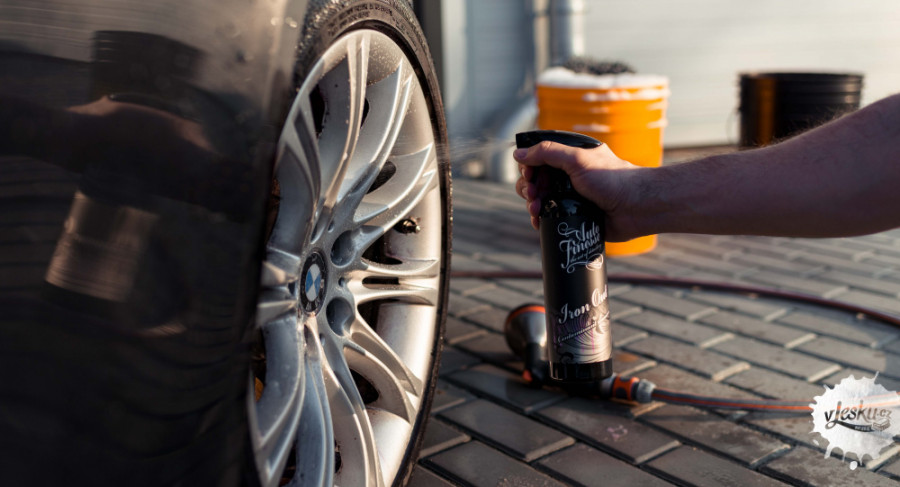Orthopedic Heels: Combining Comfort and Style for Healthier Feet
Přidal thee, dne 19. 05. 2025, 0x
Orthopedic heels are transforming the way we think about footwear. Once associated mainly with clinical designs and older generations, orthopedic heels have undergone a major makeover in recent years. Today, they offer a perfect blend of comfort, support, and fashion, making them a valuable addition to any wardrobe—especially for individuals who experience chronic foot pain, arthritis, or joint issues. This article explores the benefits, features, and popular styles of orthopedic heels and why they are becoming a go-to choice for foot-conscious individuals.
What Are Orthopedic Heels?
Orthopedic heels are shoes designed to support the foot's natural structure, enhance posture, and reduce pain or discomfort commonly caused by conventional high heels. Unlike traditional heels that often sacrifice comfort for aesthetics, orthopedic heels prioritize foot health without compromising on style. They are crafted with anatomical footbeds, cushioned soles, and strategic arch support to align the body and distribute weight evenly.
Why Conventional Heels Cause Problems
Traditional high heels are notorious for causing foot problems. These include:
Plantar fasciitis
Bunions and hammertoes
Lower back pain
Poor circulation
Posture misalignment
High heels typically force the foot into unnatural positions, leading to stress on the toes, heel, and arch. The elevated heel also shifts the body's weight forward, which can result in back, knee, and hip strain over time. These issues make orthopedic alternatives not just preferable but essential for long-term foot health.
Key Features of Orthopedic Heels
Orthopedic heels are designed with features that promote both comfort and biomechanical support:
Contoured Footbeds:
These mimic the shape of the foot and provide arch support to reduce fatigue and pain.
Shock-Absorbing Soles:
High-quality materials like EVA foam or rubber reduce impact stress on joints during walking or standing.
Adjustable Straps or Laces:
Custom fit options reduce pressure points and accommodate swelling or unique foot shapes.
Roomy Toe Boxes:
Ample space at the front allows natural toe movement and helps prevent issues like bunions or corns.
Stabilizing Heel Cups:
These cradle the heel for added balance and prevent inward or outward rolling of the ankle.
Modest Heel Heights:
Orthopedic heels usually range from 1 to 2.5 inches—enough to offer elevation without compromising stability.
Who Should Wear Orthopedic Heels?
Orthopedic heels are ideal for individuals who:
Spend long hours standing or walking
Have flat feet, high arches, or plantar fasciitis
Suffer from arthritis or other joint conditions
Experience back, knee, or hip pain
Are recovering from foot surgery
Want to maintain good posture and foot health
Even those without pre-existing foot issues can benefit from the supportive design of orthopedic heels as a preventive measure.
Stylish Options on the Market
Gone are the days when orthopedic shoes were bulky and unattractive. Today's orthopedic heels come in a wide variety of designs, materials, and colors to suit every taste. Some popular styles include:
Orthopedic pumps: Elegant and versatile, ideal for office wear
Wedge sandals: Great for summer, offering support with breathability
Block heels: Provide stability while maintaining a chic look
Orthopedic boots: Combine arch support with ankle protection for colder seasons
Leading brands have started prioritizing fashion-forward orthopedic heels, partnering with podiatrists and designers to deliver products that look as good as they feel.
Tips for Choosing the Right Pair
When shopping for orthopedic heels, consider the following:
Fit: Ensure the shoe supports the arch, heel, and forefoot snugly but not tightly.
Heel height: Choose a modest heel to avoid putting stress on the balls of the feet.
Material: Opt for breathable, flexible materials like leather or mesh.
Return policy: Try on shoes at home and ensure they offer a good return or exchange policy if the fit isn't right.
Where to Get Help for Chronic Foot Issues
If you're experiencing ongoing foot pain or discomfort, it's wise to consult a medical professional. Conditions like arthritis, plantar fasciitis, or nerve compression can benefit greatly from appropriate footwear in combination with medical intervention. For expert diagnosis and treatment options, visit drkelkarhospital.com, a reliable resource for orthopedic care and rehabilitation.
Conclusion
Orthopedic heels are the answer for those who want to marry fashion with function. Whether you're a working professional, a busy parent, or someone recovering from a foot condition, these shoes offer a practical solution that doesn't skimp on style. By investing in orthopedic heels, you're not just stepping into comfort—you're taking a step toward long-term foot health and overall well-being.
Choose smart. Walk tall. Stay supported.










Komentáře:
Nenacházejí se zatím žádné relace v databázi.